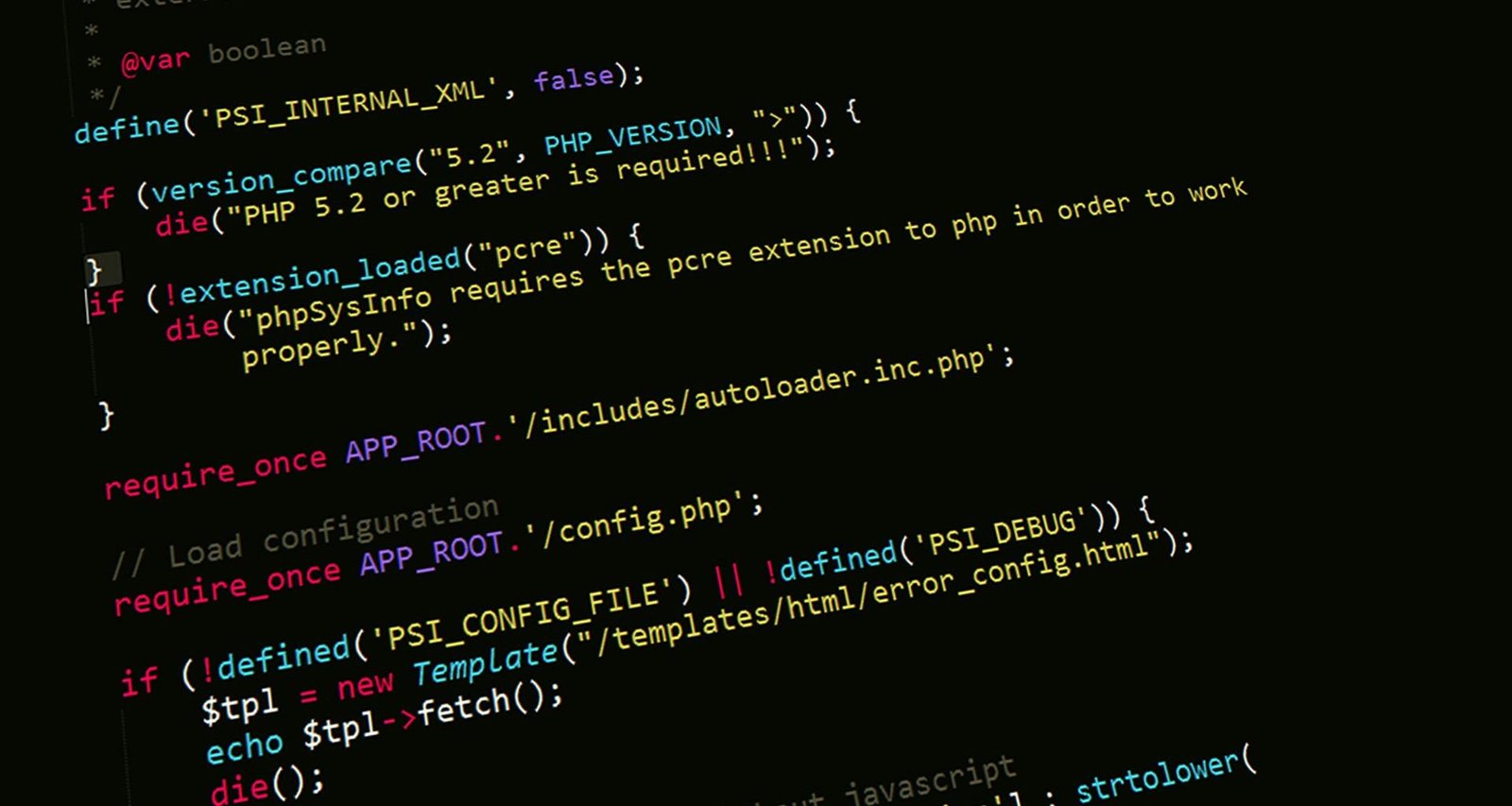In the fast-moving world of eCommerce , speed isn’t just a nice-to-have — it’s a conversion necessity .
A one-second delay in page load time can drop conversions by up to 17% , according to studies from Akamai and Google .
That means:
- Lost sales
- Lower search rankings
- Frustrated customers
- Missed marketing ROI
This article explores:
- Why store speed matters more than ever
- What makes a hosting provider ideal for Shopify, WooCommerce, BigCommerce, and custom stores
- How to choose a host that supports SEO, user experience, and scalability
- Real-world performance benchmarks
- Tools and strategies to measure and improve your site’s speed
Let’s uncover how to build an online store that loads as fast as your customers expect — and why the right web hosting choice is the foundation of success .
Why Store Speed Is a Competitive Advantage
Speed affects everything in digital commerce:
- User experience
- Conversion rates
- Search engine visibility
- Customer satisfaction
Here’s what happens when your store is slow:
| Metric | Impact of Slow Load Times |
|---|---|
| Bounce Rate | Increases by 32% at 3 seconds (Google) |
| Conversion Rate | Drops by 7% per second beyond 3 seconds |
| SEO Ranking | Slower sites rank lower in Core Web Vitals |
| Mobile Engagement | 53% abandon sites that take longer than 3 seconds to load |
Therefore, choosing a web host that delivers lightning-fast performance isn’t optional — it’s essential for retaining traffic and turning visitors into buyers .
What Determines Store Speed Beyond Hosting?
While web hosting plays a major role , several other factors influence how quickly your store loads.
Key Speed Influencers:
- Image optimization
- Theme efficiency
- CDN (Content Delivery Network)
- Caching strategy
- Code efficiency (JavaScript, CSS, HTML)
- Third-party apps and scripts
- Server location and response time
However, all of these elements perform best only if your hosting platform supports them well .
So while you can optimize after launch, starting with the right host gives you a head start — and often saves you time and money later
Top Hosting Solutions for Fast eCommerce Stores in 2025
Not all hosts are created equal — especially when it comes to eCommerce performance .
Here are the top-rated hosting providers this year — based on speed, reliability, and compatibility.
1. Shopify (for hosted stores)
✅ Built-in speed optimizations
✅ Global CDN
✅ Shopify-hosted — no need to manage servers
✅ Integrated analytics and security
Best for: Sellers who want fast performance without technical stress
2. Cloudways (for WooCommerce and custom stores)
✅ Cloud-based infrastructure
✅ Choice of cloud provider (AWS, Google Cloud, DigitalOcean)
✅ Auto-scaling for traffic spikes
✅ Built-in caching and object storage
Best for: WooCommerce stores and custom-built shops
3. Kinsta (WordPress & WooCommerce optimized)
✅ Google-powered hosting
✅ Free CDN and caching
✅ Staging environments
✅ Developer-friendly dashboard
Best for: High-performance WordPress-based stores
4. Fastly + LiteSpeed (for advanced brands)
✅ Ultra-fast caching
✅ Edge computing
✅ Custom server setup
✅ Full control over performance tuning
Best for: Enterprise-level DTC and multi-channel brands
5. BigCommerce (built-in speed advantages)
✅ Native CDN
✅ Optimized themes
✅ Instant storefront rendering
✅ Pre-integrated with top payment gateways
Best for: Brands focused on built-in speed and SEO
6. Vercel or Netlify (headless commerce setups)
✅ Lightning-fast JAMstack hosting
✅ Perfect for React, Vue, and Next.js storefronts
✅ Seamless integration with CMS and APIs
✅ Ideal for global expansion
Best for: Headless and API-first eCommerce architectures
Data-Driven Insights: What the Numbers Say
Speed isn’t just subjective — it’s measurable.
Here’s how top-performing stores stack up:
| Host | Avg. Load Time | Uptime | Best Use Case |
|---|---|---|---|
| Shopify | 0.8 sec | 99.9% | All-around performance |
| Cloudways | 0.6 sec | 99.99% | WooCommerce and custom builds |
| Kinsta | 0.5 sec | 99.99% | WordPress-based stores |
| BigCommerce | 0.7 sec | 99.9% | SaaS-like commerce experiences |
| Netlify | 0.4 sec | 99.99% | Headless storefronts |
| Standard Shared Hosting | 2.5–4.0 sec | 99% | Low-traffic or test stores only |
Also consider:
- Google PageSpeed Insights score : Aim for 90+
- Core Web Vitals : Must meet “Good” thresholds
- Mobile speed : Even more crucial than desktop
Therefore, the faster your host — the better your chances of converting browsers into buyers .
The Psychology Behind Site Speed and Customer Behavior
Your customer doesn’t think about backend infrastructure — but their brain reacts instantly to speed.
Here’s how load times shape perception:
| Factor | Psychological Response |
|---|---|
| Sub-2 second load time | Perceived as professional and trustworthy |
| Over 3 seconds | Frustration builds; trust erodes |
| Page freezes or errors | Signals unprofessionalism or instability |
| Fast checkout process | Encourages impulse buying and reduces cart abandonment |
| Slow product pages | Makes users question product quality and brand credibility |
Ultimately, your website’s speed shapes emotional decisions before logic even kicks in .
And in the split-second world of online shopping, first impressions are final ones .
Real-World Examples: When Hosting Made the Difference
Let’s look at real-life cases where hosting upgrades turned stores around.
Example 1: A Shopify Store Boosting Conversion
Before: Using standard Shopify plan — load time 1.2 sec
After: Added Shopify Flow for cache management — load time dropped to 0.9 sec
Result: Conversion rate increased by 12
Example 2: WooCommerce Brand Moving to Cloudways
Before: Shared hosting — load time 3.5 sec
After: Switched to Cloudways with AWS — load time cut to 0.7 sec
Result: Cart abandonment dropped by 18%
Example 3: Headless Commerce Store on Netlify
Before: Traditional WordPress site — slow, bloated
After: Migrated to headless using Netlify and Contentful
Result: Load time under 0.5 sec — bounce rate reduced by 25%
Example 4: International Brand Using Kinsta
Before: European audience faced latency due to U.S.-based hosting
After: Migrated to Kinsta with global edge caching
Result: Faster international load times — and higher repeat purchases
These examples show that speed isn’t just technical — it’s financial .
And investing in the right host pays dividends in customer retention, SEO, and profitability .
Features That Make a Hosting Plan Worth the Investment
When evaluating a hosting provider, look for these key features:
| Feature | Benefit |
|---|---|
| Global CDN Integration | Reduces latency across regions |
| Automatic Caching | Improves load time without manual intervention |
| HTTP/3 Support | Faster connection establishment = better mobile performance |
| LiteSpeed or NGINX | Superior handling of concurrent requests |
| AI-Powered Performance Optimization | Smart caching, image compression, and code minification |
| 24/7 Monitoring & Scaling | Ensures uptime during peak traffic |
| Integrated Security (SSL, WAF, DDoS Protection) | Keeps your store safe and trusted |
| Developer-Friendly Tools | Enables customization and integrations |
Therefore, the best hosting plans don’t just offer space — they optimize your entire online presence .
Platform-Specific Hosting Tips
Whether you’re on Shopify , WooCommerce , or a custom storefront , your hosting strategy should match your platform.
Shopify Users:
- Use Shopify Flow for workflow automation
- Enable Shopify Oxygen for headless frontends
- Stick with Shopify-hosted themes for optimal performance
- Monitor Shopify Reports for speed-related insights
WooCommerce Users:
- Choose a managed WooCommerce host (like Kinsta or WP Engine)
- Optimize with WP Rocket or LiteSpeed Cache
- Use Cloudflare for global CDN
- Avoid bloated themes and plugins
BigCommerce Users:
- Use BigCommerce’s native speed tools
- Leverage Stencil theme framework for clean code
- Enable Edge Side Includes (ESI) for dynamic content
- Pair with Google Tag Manager for behavioral tracking
Headless Commerce:
- Go with Vercel, Netlify, or Layer0
- Ensure API response time is under 100ms
- Use Jamstack architecture for speed and flexibility
- Combine with CDNs and edge computing for global reach
Each platform has unique hosting needs — and matching them ensures maximum speed, stability, and scalability .
Practical Checklist: Is Your Hosting Holding You Back?
Use this checklist to evaluate your current hosting provider:
✅ Does your site load in under 2 seconds?
✅ Are your images optimized automatically?
✅ Do you use a global CDN?
✅ Is your host compatible with your platform (Shopify, WooCommerce, etc.)?
✅ Can it scale during Black Friday/Cyber Monday traffic?
✅ Does it integrate with Google Analytics 4 and GA4 Enhanced Measurement?
✅ Is caching automatic and intelligent?
✅ Does it support HTTP/3 and modern SSL protocols?
✅ Is your TTFB (Time to First Byte) under 150ms?
✅ Do you have full access to logs and performance data?
If any of these answers are “no,” your hosting may be costing you money — and opportunities.
How to Measure and Improve Store Speed
You can’t fix what you don’t measure.
Here’s how to assess and enhance your store’s speed:
Step 1: Run a Performance Audit
Use:
- Google PageSpeed Insights
- GTmetrix
- Pingdom
- Lighthouse reports
Focus on:
- Load time
- Time to First Byte (TTFB)
- Largest Contentful Paint (LCP)
- Cumulative Layout Shift (CLS)
- First Input Delay (FID)
Step 2: Optimize Images and Code
Compress images with:
- ShortPixel
- Smush
- Cloudinary
Minify CSS, JS, and HTML with:
- Autoptimize
- WP Rocket
- Shopify Asset Pipeline
Step 3: Switch to a Faster Host If Needed
If your audit shows poor scores, it’s time to upgrade.
Look for hosts offering:
- Server-side caching
- CDN integration
- Global data centers
- Mobile-first optimization
Step 4: Implement a CDN
Even the fastest host struggles with global audiences — unless you’re using a Content Delivery Network .
Top CDNs:
- Cloudflare
- Amazon CloudFront
- Fastly
- KeyCDN
A good CDN ensures your store feels fast — whether your visitor is in New York or Jakarta.
Final Thoughts: Speed Isn’t Just a Tech Detail — It’s a Business Lever
The secret to a high-performing eCommerce store isn’t just great products or killer marketing.
It’s how fast your store responds to demand — and how smoothly it handles the user journey from click to checkout .
In 2025, fast-loading stores win — not just in speed, but in trust, engagement, and sales .
So ask yourself:
“Is my store fast enough to keep my customers?”
“Am I losing potential buyers before they even see my product?”
Because in the digital economy, speed is service — and service is sales .
And the fastest way to improve both?










